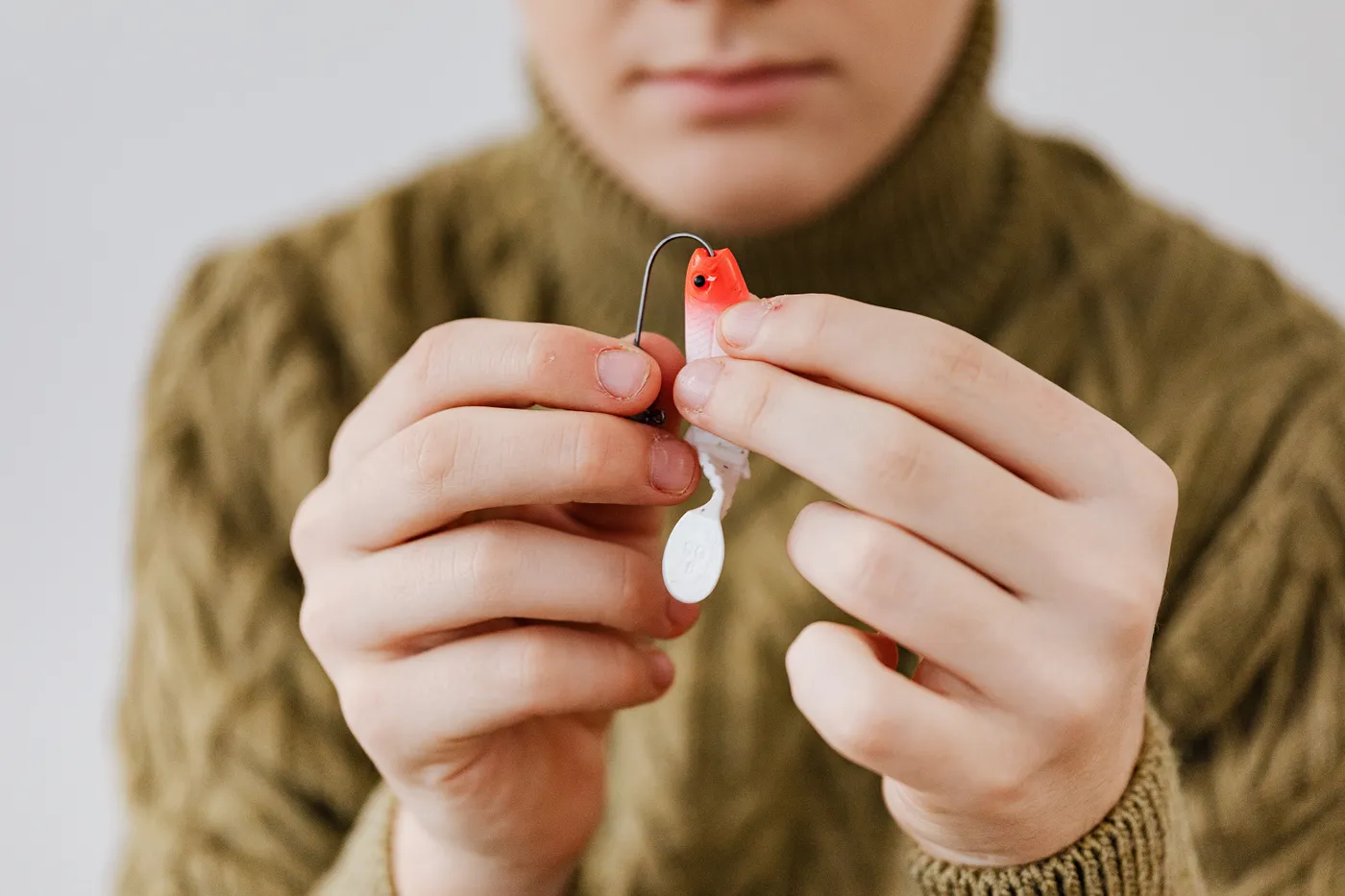Fish hooks are essential tools for anglers, facilitating successful catches. However, they also pose a risk of injury if mishandled, with many fishermen experiencing the discomfort of a hook embedded in their skin at some point. Whether on a leisurely fishing trip or battling with a prized catch on your Yellowfin boat, the sharp barbs of fish hooks can cause significant pain when stuck in your flesh.
Assessing the Situation
The first step is to assess the severity of the hook injury. Determine the depth of the hook penetration and whether the barb has embedded itself under the skin. It’s crucial to ascertain if the hook is barbed, as this affects the removal process. For injuries near sensitive areas like the eyes or face, immediate medical attention is necessary. However, if the hook is lodged in less critical areas like the hand, arm, or leg, prompt action can prevent further complications.
Removing the Hook Safely
If medical assistance is unavailable or delayed, cautious removal of the hook is necessary to minimize additional injury. Here are two methods for safely removing a fish hook:
Fishing Line Method:
- Cleanse the affected area thoroughly.
- Loop fishing line around the bend of the fishhook.
- Press the hook shank against the skin and wrap the line around another finger tightly.
- Create slack in the line and swiftly jerk it in line with the hook to remove it.
- After removal, clean the wound and apply a bandage.

Pliers or Forceps Removal:
- Push down on the eye of the hook.
- Use long-nose pliers or forceps to grip the hook at the top of the bend.
- Rotate your wrist firmly towards the eye of the hook to extract it.
- If the hook has penetrated through the skin, cut or crush the barb and pull it out.
- Prompt action is essential to minimize discomfort, especially for smaller hooks.
Prioritize Safety
Preparation is key to handling fishing-related injuries effectively. Keep a first aid kit on your boat at all times to address any accidents promptly. By following these guidelines, anglers can navigate hook injuries with minimal pain and risk of complications.
Image/Source: Medium





